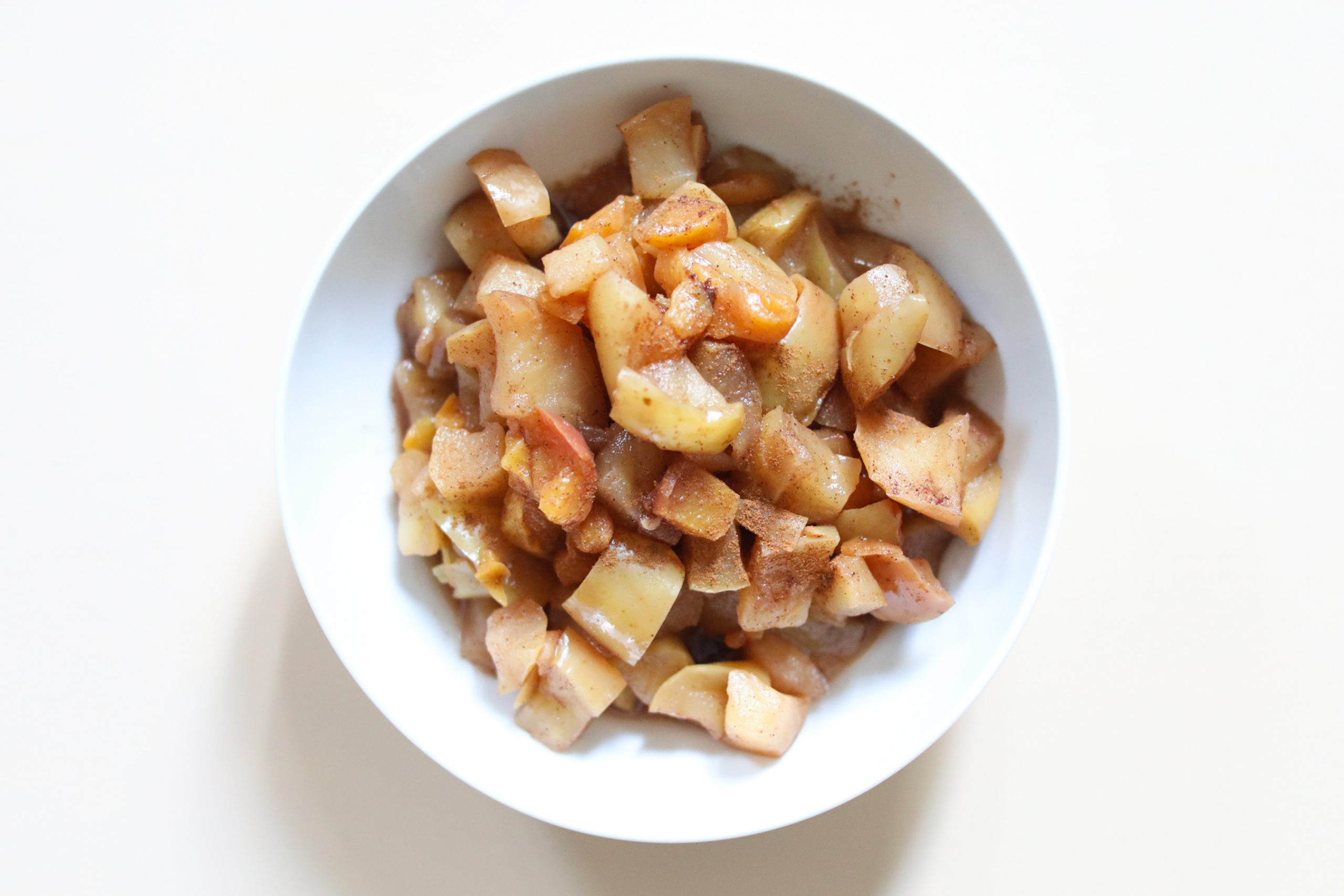Herbs offer the body an impressive dose of vitamins, minerals and antioxidants. Here are five of the most potent superfood herbs that you can easily grow at home.
Sally Tagg/Stuff
Oregano
Oregano
According to the World‘s Healthiest Foods (whfoods.com), on a per gram fresh weight basis, oregano (Origanum vulgare) has 42 times more antioxidant activity than apples, 30 times more than potatoes, 12 times more than oranges and four times more than blueberries. It‘s also a good source of iron, manganese, calcium and vitamins A, C and K, as well as dietary fiber – plus it contains two powerful compounds called carvacrol and thymol that have powerful antibacterial and antifungal properties.
If you’re planning on picking and drying your homegrown oregano, do so during summer. Oregano’s flavour changes during the growing season, its pungency in direct proportion to the amount of sun it receives. The plant’s oils, and thus therapeutic properties, are generally more concentrated in summer, and less so in autumn.
Oregano is a hardy perennial that does best in full sun. Plant in raised beds or dig in plenty of organic matter and horticultural grit to ensure excellent drainage. Water only when necessary and keep feeding to a minimum. Trim plants after flowering to stop plants becoming straggly
BARBARA SMITH/GET GROWING/Stuff
Let parsley flower and set seed and you’ll get new plants popping up nearby.
Parsley
Parsley (Petroselinum crispum) is a true powerhouse of vitamins and minerals, containing high levels of vitamins A, B12, C and K, iron, as well as chlorophyll, calcium and folic acid among others. It is one of the world‘s most popular herbs and one of the most important for providing vitamins to the body. Parsley is also a natural anti-inflammatory and antihistamine.
It contains various volatile oils that have been shown to inhibit tumour cell formation. It also contains lutein and zeaxanthin, antioxidants that act like sunscreen for your eyes and guard against macular degeneration.
In the garden, parsley likes nutrient-rich, moisture-retentive soil. Dig in plenty of compost or well-rotted manure before planting. Ensure your soil is free-draining. If plants become waterlogged, crown rot may occur. In warmer areas, parsley prefers to grow in part shade.
While parsley is a biennial, plants are best grown as annuals. In their second year the leaves become slightly bitter. Plants self-sow regularly, so new plants will pop up each year anyway. Curly leaf and flat-leaf parsley like the same conditions.
Dandelion leaves
Many would consider it a weed, but dandelion (Taraxacum officinale) leaves are full of vitamins and minerals, especially vitamins A, C and K.
A cupful of dandelion leaves contains 112 per cent of the daily recommendation of vitamin A, 32 per cent of vitamin C and 535 per cent of vitamin K. It also contains lots of potassium, calcium, iron, magnesium and phosphorus.
The entire dandelion plant is edible. Flowers, leaves and roots have been chomped on or slurped up in liquid form for centuries, mostly for medicinal purposes, and in particular for kidney and liver complaints. It’s a natural diuretic. Even fitness guru Jillian Michaels (of Biggest Loser fame) markets her own dandelion tea, a drink touted “to rid our bodies of excess water, weight and bloating.” (Its other common name is pis-en-lit, or in English, pee in the bed.) The root is mildly laxative so it’s been used to treat constipation and indigestion. It‘s also used as an anti-inflammatory in traditional Chinese medicine.
Make sure you use only spray-free leaves from your garden, or sow your own seeds, available from Kings Seeds.
123RF/Stuff
Red-veined blood sorrel (Rumex sanguineus).
Sorrel
Sorrel (Rumex spp.) has a lemony flavour that is delicious raw in green salads, as the main ingredient in soup, or as the star in lemony sauces. Sorrel is rich in vitamins A, B6 and C, as well as essential minerals including magnesium, calcium, potassium, iron, copper and zinc. It’s high in dietary fibre and health benefiting phytonutrients. All these vitamins and minerals help to boost the immune system, build strong bones, increase energy and circulation, lower blood pressure, protect against diabetes and improve kidney health. It is also an essential ingredient in health tonics such as Essiac tea.
Sorrel is an easy-to-grow cold-hardy perennial that likes a rich, moist soil in sun or part shade. It wilts easily when hot and dry but will spring back when watered. Sow seeds directly when the soil has warmed in spring, or sow in trays for transplanting later.
Young leaves are the tastiest, with the best lemon flavour.
Moringa
The horseradish tree (Moringa oleifera) from northern India is high in vitamins and minerals and almost entirely edible. The immature seedpods can be cooked like green beans, the leaves like spinach and the roots like horseradish. The flowers, seeds and bark also have therapeutic value. The leaves are rich in protein and calcium as well as other minerals and vitamins.
An extract of moringa leaves and root was traditionally used as a heart tonic and has been shown to reduce serum cholesterol and the formation of atherosclerotic plaques, or hardening of the arteries. Toasted moringa leaves are a traditional remedy for hyperglycemia, regulating blood sugar levels. The plant also has anti-cancer properties; antioxidants it contains target the free radicals that trigger cancerous growths.
Moringa has become popular as a leaf powder supplement, but you can grow your own tree in the warmer parts of New Zealand. Sow seeds (available from Kings Seeds) in pots in spring.
A sun- and heat-loving plant, it thrives in most soil types but doesn’t tolerate hard frosts.
It will eventually grow to a height of 10m.





















Discussion about this post